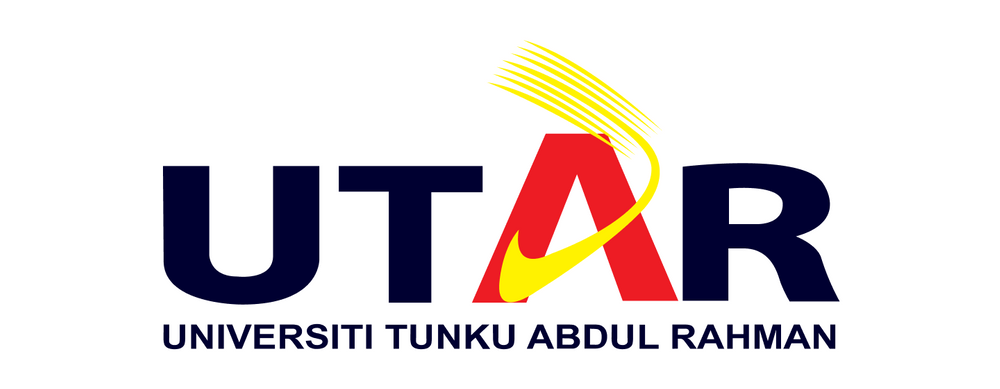Architectural Research Journal indexed by:
Author Guideline and Online Submission
Author Guideline
General Author Guideline
All manuscripts must be submitted to Architectural Research Journal Editorial Office by Online Submission at E-Journal portal address: (https://www.ejournal.warmadewa.ac.id/index.php/arj/about/submissions),
Where author register as Author and/or offered as Reviewer by online. If authors have any problems on the online submission, please contact Editorial Office at the following email:
arjjournal21@gmail.com
Faculty of Engineering and Planning, Universitas Warmadewa Indonesia
Jl. Terompong no. 24 Tanjung Bungkak, Denpasar Bali, Indonesia.
Manuscript must be written in English at least 10 pages and 13 pages of maximum including picture, table, and diagram. The manuscript should be written based on the Architectural Research Journal format.
Manuscript Template
Manuscript: Manuscript is written in English, typed 1 space with Times New Roman 10 font for the body text, size 9 for Abstract ad Abstrak, size 11 for Authors name, dan size 8 for Reference, Table, and Figure. All pages should be numbered consecutively not less than 10 pages and not more that 15 pages ( 4000-7500 words), A4 size paper (210mm x 297mm). Manuscripts in MS Word 2003 files with a two-column layout to speed up processing and eliminate errors. Please prepare the manuscript and its accessories to be printed in black and white.
Material and Structure: The research paper is written systematically: title, author's name, abstract, introduction, method, results and discussion, conclusion, acknowledgement, reference.
Abstract
Written in both languages, Indonesian and English with approximately 200 words. This is a digest of the paper describing in brief the background, problems, methods, findings, and conclusion.
Introduction
In the introduction, authors should state the objectives of the work at the end of the introduction section. Before the objective, authors should provide an adequate background and theoretical frameworks that are used in order to discuss the problems as the objective of the research, to show which is the best of the previous research, to show the main limitations of the previous research, to show what you hope to achieve (to solve the limitation), and to show the scientific merit or novelties of the paper. Avoid a detailed literature survey or a summary of the results.
Method
In Methods, authors should state the methods that were used in the research through a very short literature survey in order to record the existing solutions or methods.
Result and Discussion
The results should be clear and concise. In the discussion, it is the most important part of your article. Make the discussion correspond with the findings, but do not reiterate the discussion.
Conclusion
Conclusions should answer the objectives of the research. It shows how your work advances the field from the present state of knowledge. Without clear conclusions, reviewers and readers will find it difficult to judge the work.
Acknowledgement
This section contains thanks to people or institutions who helped search for and provide literature and data, organize material, or the writing process. This section also contains sources of research funding.
Reference
Every text citation must be listed under the heading “References†centered at the end of the text. IEEE format is selected as the reference to write the citations used in the paper. Referencing is written using Times New Roman 8. The following is the example of how to wrote the references.
[1] G. O. Young, “Synthetic structure of industrial plastics,†in Plastics, 2nd ed., vol. 3, J. Peters, Ed. New York: McGraw-Hill, 1964, pp. 15–64.
[2] W.-K. Chen, Linear Networks and Systems.Belmont,CA: Wadsworth, 1993, pp. 123–135.
[3] J. U. Duncombe, “Infrared navigation—Part I: An assessment of feasibility,†IEEE Trans. Electron Devices, vol.ED-11, pp. 34–39, Jan. 1959.
[4] E. P. Wigner, “Theory of traveling-wave optical laser,â€Phys. Rev., vol. 134, pp. A635–A646, Dec. 1965.
Completeness of Manuscripts: The inclusion of tables, figures, and formulas must be selective, chosen which is important, relevant, supports the contents of the manuscript, and is not excessive. They are presented with numbering and title, and must be mentioned in the manuscript. Avoid including raw data in tables or figures; more processed results are expected. The presentation of the table simply uses the classic style. To be reproducible, graphics are printed in black and white with sufficient contrast, photocopy quality, laser or jet printer. Tables and pictures of the author's analysis, do not need to include sources.
Author: Authors are required to include an electronic contact address with affiliated institutions to make it easier for readers to make direct contact.
Submission Preparation Checklist
As part of the submission process, authors are required to check off their submission's compliance with all of the following items, and submissions may be returned to authors that do not adhere to these guidelines.
1. The submission has not been previously published, nor is it before another journal for consideration (or an explanation has been provided in Comments to the Editor).
2. The submission file is in OpenOffice, Microsoft Word, RTF, or WordPerfect document file format.
3. Where available, URLs for the references have been provided.
4. The text is single-spaced; uses a 10-point font; all illustrations, figures, and tables are placed within the text at the appropriate points, rather than at the end.
5. The text adheres to the stylistic and bibliographic requirements outlined in the Author Guidelines, which is found in About the Journal.
6. If submitting to a peer-reviewed section of the journal, the instructions in Ensuring a Blind Reviewhave been followed.
Steps For Online Submission
After having username/password for logging in into Architectural Research Journal, the author will be brought into online author submission interface where the author should click “new submission†or click “click here†in the start new submission section.
Step 1 – Starting The Submission: The author should check-mark the journal check list and it should be appropriate with the article’s content. The author can give comment to the editor in the comments for editor section.
Step 2 – Uploading The Submission: To upload the manuscript into the journal, click browse/choose file on the upload submission file and choose the manuscript document file (.doc/.docx) to be submitted, then click “upload†button until the file has been uploaded.
Step 3 – Entering Submission’s Metadata: In this step, detail authors metadata should be entered including marked corresponding author. After that, manuscript title and abstract must be uploaded by copying the text and paste in the textbox including keywords.
Step 4 – Uploading Supplementary Files: Supplementary file should be uploaded if you have additional data for support your article. Therefore, click on Browse button, choose the files, and then click on Upload button. If there is no supplementary files to be uploaded just click “save and continue†button.
Step – 5 Confirming The Submission: Author should final check the uploaded manuscript documents in this step. To submit the manuscript to Architectural Research Journal, click Finish Submission button after the documents are true. The corresponding author or the principal contact will receive an acknowledgment by email and will be able to view the submission’s progress through the editorial process by logging in to the journal web address site.
After this submission, Authors who submit the manuscript will get a confirmation email about the submission. Therefore, Authors are able to track their submission status at any time by logging in to the online submission interface. The submission tracking includes a status of manuscript review and editorial process.
Reviewing Manuscript
Every submitted paper is independently reviewed by reviewer. The decision for publication, amendment, or rejection is based upon their reports/recommendation. If the reviewer consider a manuscript unsuitable for publication in this journal, a statement explaining the basis for the decision will be sent to the authors within three months of the submission date.
Revision Manuscript
Manuscripts sent back to the author for revision should be returned to the editor without delay. Revised manuscripts can be sent to editorial office through the Online Submission Interface. The revised manuscripts returned later than three months will be considered as new submissions.








